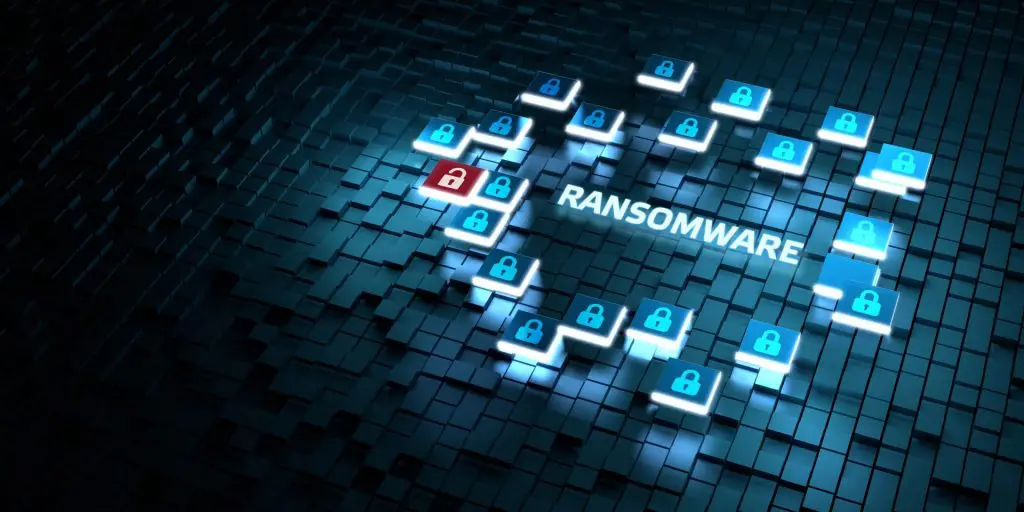
In today’s financing environment, money talks now more than ever. If you’re looking to buy or build anything, if you don’t have it, you probably won’t get a loan. Years ago, you used to be able to get high Loan To Value (LTV) loans with minimal down payments, which often was borrowed from the FRP Express (Friends, Relatives and People that Love You) or from home equity loans and other sources. While this is not illegal by any means, underwriters want to see your OWN sweat equity and not someone else’s. You might think “My home equity IS my own sweat equity!” This is true, however, that is also a loan and has to be paid back. This ends up being looked at as a Combined Loan To Value (CLTV) and not just what the bank is lending.
The sources for your down payment really have not changed that much. The first place that people look for down payment for buying or building a car wash in Houston is personal savings accounts and liquid investments. This is a logical place to start. Frequently people would use their line of credit from a home equity loan but while this is still an option, you still will have to show the majority of money coming from non-borrowed assets.
Many people will take money out of their retirement account. You will need to consult with your account regarding any possible tax implications from doing so.
People also often offer additional collateral if a residence or investment property has significant equity in the form of a second. It is highly possible that if your property is under-collateralized, the bank or lender will look for additional collateral.
From a collateral point of view, lenders will normally take an appraisal, discount real estate and building by 20%, the equipment by 50% and good will usually has little to no value from a collateral point of view. So your $2,000,000 car wash might be viewed worth $1,500,000 from a collateral point of view, after a lender has discounted the appraisal. If you’re bringing in 20% equity ($400,000) they will view the site as UNDER-collateralized and will look for more collateral. I’m sure it makes your eyes wide open, but that is how the system works. Be prepared for it
While it is true that certain types of financing instruments offer higher Loan To Value (LTV) financing, they still will look to see if there is enough collateral. For instance, with an SBA 504 loan, occasionally you will see a 90% advance. In most cases, if you are getting 90% financing, the site itself will not be sufficient collateral and a lender will look for additional collateral. This is what they don’t tell you. If you are doing conventional financing, you normally will bring in 30% down plus pay closing costs. You normally can not borrow money for working capital or inventory. With conventional financing, you normally will not have the issue of having insufficient collateral like you will with SBA financing. If you’re getting anywhere between 75-90% financing with an SBA loan, especially if you are financing closing costs, working capital and inventory, it’s almost certain you will have insufficient collateral and the lender will be looking for more.
This does not make conventional financing a better option because if you’re looking at Cost Of Funds (COF) and Return On Investment (ROI) the higher advance will almost always outperform the lower.
If you have insufficient on equity, it might be necessary to find a partner with more equity. If this partner does not with to have involvement in the day to day operations of the car wash, after a period of time, you should be able to buy them out from the profits of the facility.
Regardless of what the source of your equity is, be prepared to prove it right up front to lenders and have backup options if you are told that you need to have more equity into the transaction.

